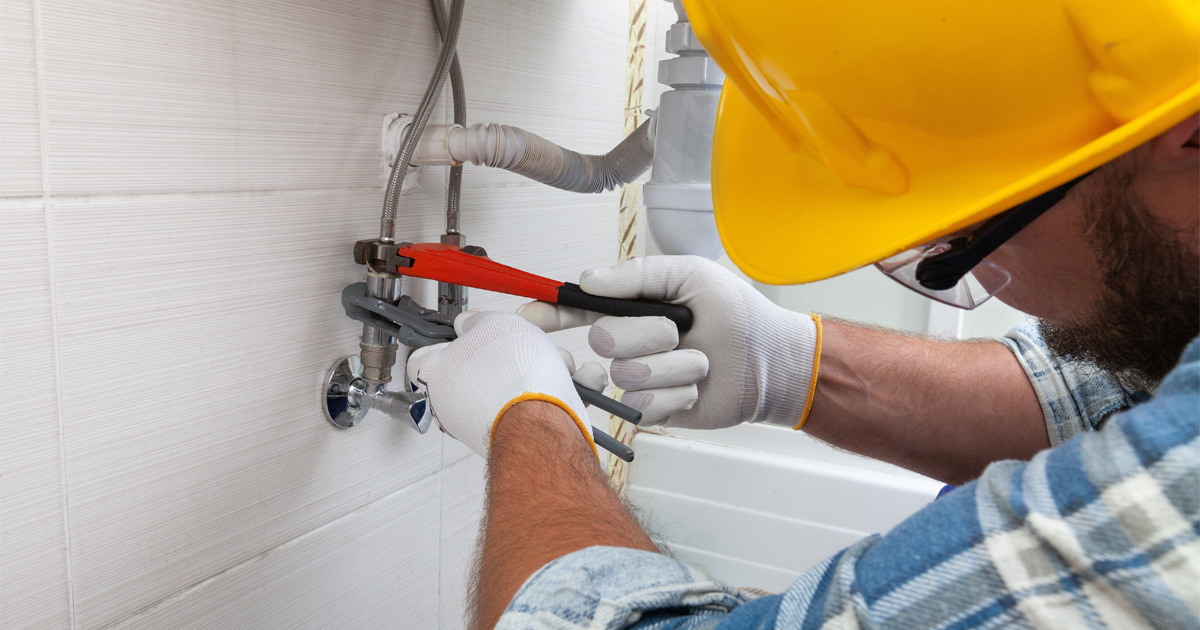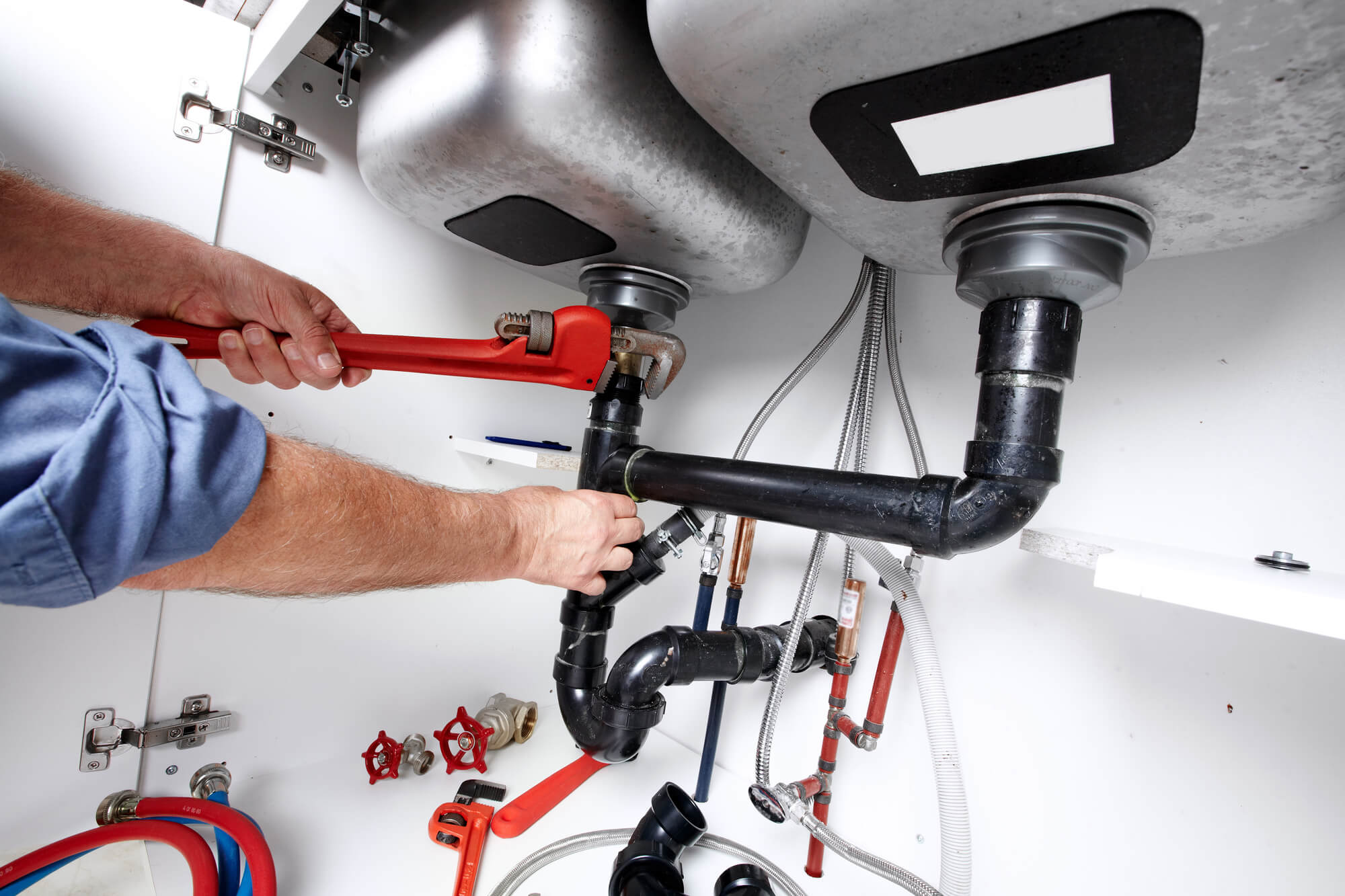They are making a few good points on the subject of How Does the Plumbing Work in Your Home? overall in this article beneath.

Plumbing is an essential facet of any type of home, responsible for supplying clean water for alcohol consumption, food preparation, and bathing, along with removing wastewater securely. Recognizing the essentials of home plumbing is important for every single house owner to make sure appropriate maintenance, troubleshooting, and, if necessary, repair work. In this novice's guide, we'll cover the fundamental ideas of home plumbing to assist you become extra familiar with how it works.
Water Heater
The water heater is in charge of home heating water for domestic use, including showering, cooking, and cleansing. Usual types of hot water heater consist of tank-type water heaters, tankless (on-demand) hot water heater, and heatpump water heaters. The hot water heater is connected to the water supply system and delivers warm water to plumbing fixtures as needed.
Drainage System
The water drainage system gets rid of wastewater from your home and carries it away to a sewage treatment facility or septic tank. It consists of a network of pipelines, fittings, and fixtures that transfer wastewater from plumbing components to the major sewer line or septic system. Proper drainage is necessary to avoid blockages, back-ups, and sewer leaks.
Air flow System
The air flow system helps keep appropriate air pressure and avoid drain gases from entering your home. Air vent pipes, also known as vent stacks, expand from plumbing components to the roofing system, allowing drain gases to leave safely outside. Ventilation pipes additionally permit air to get in the water drainage system, promoting smooth wastewater circulation and avoiding suction or vacuum cleaner effects.
Water Supply System
The water system brings clean water into your home from a metropolitan water source or a private well. It consists of a main water line that connects to your home's plumbing system, generally located underground. A water meter gauges the quantity of water eaten, while a shut-off shutoff permits you to manage the flow of water into your home.
Plumbing Fixtures
Plumbing components are gadgets that supply water to various parts of your home and include sinks, taps, toilets, showers, tubs, and home appliances such as dishwashers and washing machines. Each component is linked to the supply of water system using pipes and installations and may have its shut-off valve for maintenance or emergency situations.
Usual Plumbing Tools
Having the right devices handy is necessary for performing basic plumbing fixings and upkeep jobs. Usual plumbing tools include adjustable wrenches, monkey wrench, pliers, pipeline cutters, hacksaws, plungers, augers (or drainpipe serpents), and Teflon tape. Having these devices easily available can aid you tackle minor plumbing problems successfully.
Basic Plumbing Repair Services
While some plumbing repairs might need professional aid, several usual problems can be attended to with fundamental DIY strategies. Knowing just how to fix a leaky faucet, unclog a drain, change a toilet flapper, or fix a leaking showerhead can conserve you money and time on plumbing fixings.
Final thought
Comprehending the basics of home plumbing is crucial for every home owner to maintain a risk-free, useful, and efficient plumbing system. By acquainting yourself with the water system system, plumbing components, water drainage system, air flow system, usual plumbing tools, and fundamental fixings, you can confidently attend to minor plumbing issues and ensure your home's plumbing system operates efficiently.
Understanding Basics of Home Plumbing System: A Beginner's Guide
The Main Components of Your Home Plumbing System
The Water Supply System
This system is responsible for transporting fresh water into your home. It usually has a main water line that splits into two branches: one directed towards cold water services and the other connected to a water heater for hot water. The pressure is key here; it ensures water reaches all parts of your house.
The Drainage System
Once water has been used, it becomes wastewater that needs to be removed from your home. This is where the drainage system comes into play. It includes all the pipes that carry wastewater and sewage away from your house to sewage treatment facilities or septic tanks.
The Vent System
The vent system prevents sewer gases from entering your home and helps maintain the pressure balance that allows wastewater to flow out properly. These vents usually exit through the roof of your house.
Water Heating System
For those who enjoy hot showers or using hot water for cleaning, the water heater is a crucial part of the plumbing system. It can be a tankless system, which heats water on demand, or a traditional water tank model.
Common Plumbing Problems and Basic Troubleshooting
Plumbing systems, while designed to be durable, can face issues like clogged drains, leaky faucets, or low water pressure. Here are some basic troubleshooting tips:
Clogged Drains
Use a plunger or a plumber's snake to try and dislodge whatever is blocking the drain. Regular cleaning can prevent clogs.
Leaky Faucets
Often caused by worn-out washers or gaskets, these can usually be replaced by someone with basic DIY skills.
Low Water Pressure
This might be due to sediment build-up in your fixtures or a leak somewhere in your water line. Cleaning out aerators or seeking a professional to detect leaks might be necessary.
Preventive Maintenance Tips
Maintaining your plumbing system is key to avoiding emergencies. Regularly check for leaks, avoid disposing of grease down the sink, and have your system inspected by a professional plumber at least once a year.

We were made aware of that report on Understanding the Basics of Your Home's Plumbing System from a good friend on another site. Are you aware of somebody else who is inquisitive about the niche? Take a moment to share it. Thanks a lot for your time. Please pay a visit to our website back soon.
Hire A Pro